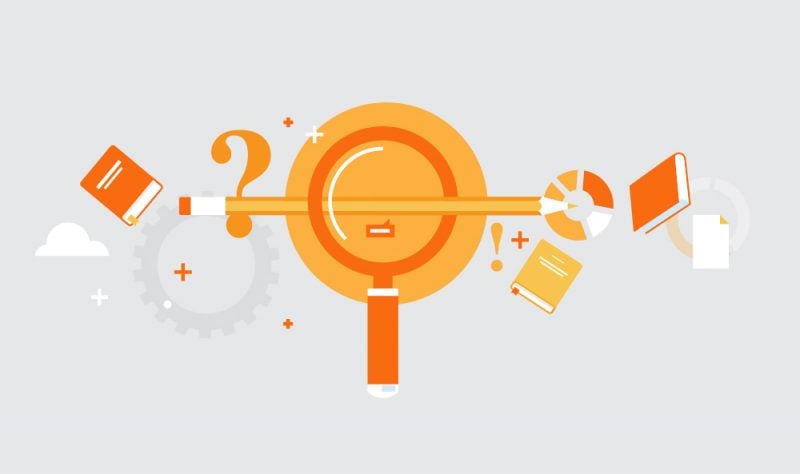What is Agile Development?
Agile product development has tremendously changed over the years. While the concept harks back to the principles of lean manufacturing in Japan, the development in technology industries has necessitated a big shift. The application of W. Edwards Deming's ideas in software development started in the early 90s.
Agile development is now a norm and lean teams are applying these principles to meet increasing customer demands. The basics of agile development are in customer satisfaction by continuously delivering high-quality products. Your team will also be expected to adopt changes by a client, deliver within a short timescale and provide an environment for optimal performance, and efficient communication among other principles.
For a lean team working remotely, achieving these principles is tough. The challenge is in increasing efficiency and effectiveness in agile development for your team. How do you achieve this when you are working remotely? Here are four agile practices to make your remote team more efficient.
1. Regular Communication
One of the core principles in agile principles is opening more channels of communication. It is important to establish easier communication channels for regular monitoring of the project by a client and more importantly to provide regular updates from your end. Your client must receive comprehensive information regarding the project at any time.
2. Respond to Change
It is crucial to respond to change at the earliest opportunity. One advantage of applying agile principles in a lean team is the fact that solutions are provided at the earliest stage. The faster a solution is provided the better. A team that provides constant resolution to problems is in a better position to meet customer expectations. Customers should get solutions to the problems they are facing sooner than later.
3. Faster Review Cycles
Comprehensive reviews of completed projects is an important part of agile development. Constant review of ongoing projects ensures your client receives up-to-date information of the work and this helps keep their trust. With the development in communication technology, it is now easier to communicate with your clientele. Constant reviews and feedback from your client help assess the project and builds trust on both ends.
4. More Flexibility
Dealing with clients when working remotely can be frustrating. You need to implement a strategy where all members of the team are flexible enough to deal with extra changes to the project requirements. What’s more, you have to set out a plan that foresees such changes. Working remotely requires great flexibility and this is the only way to ensure customer satisfaction without going over the budget.
An agile approach is designed to provide sufficient functionality. Such an approach values individuals over processes. Most developers and customers disagree over processes and not necessarily the product that is being developed. This is one reason agile principles shift towards customer satisfaction and not necessarily the processes.
At the end of the day, the focus of your team should be more towards the customer and not the process. To enhance efficiency, think about a working product over comprehensive documentation; individuals over processes and prompt response to change as opposed to following a fixed plan.
There's nothing more important than starting new team members off on the right foot. Check out our salary and hiring guide to learn more about how to find and secure the right talent in a remote world:


